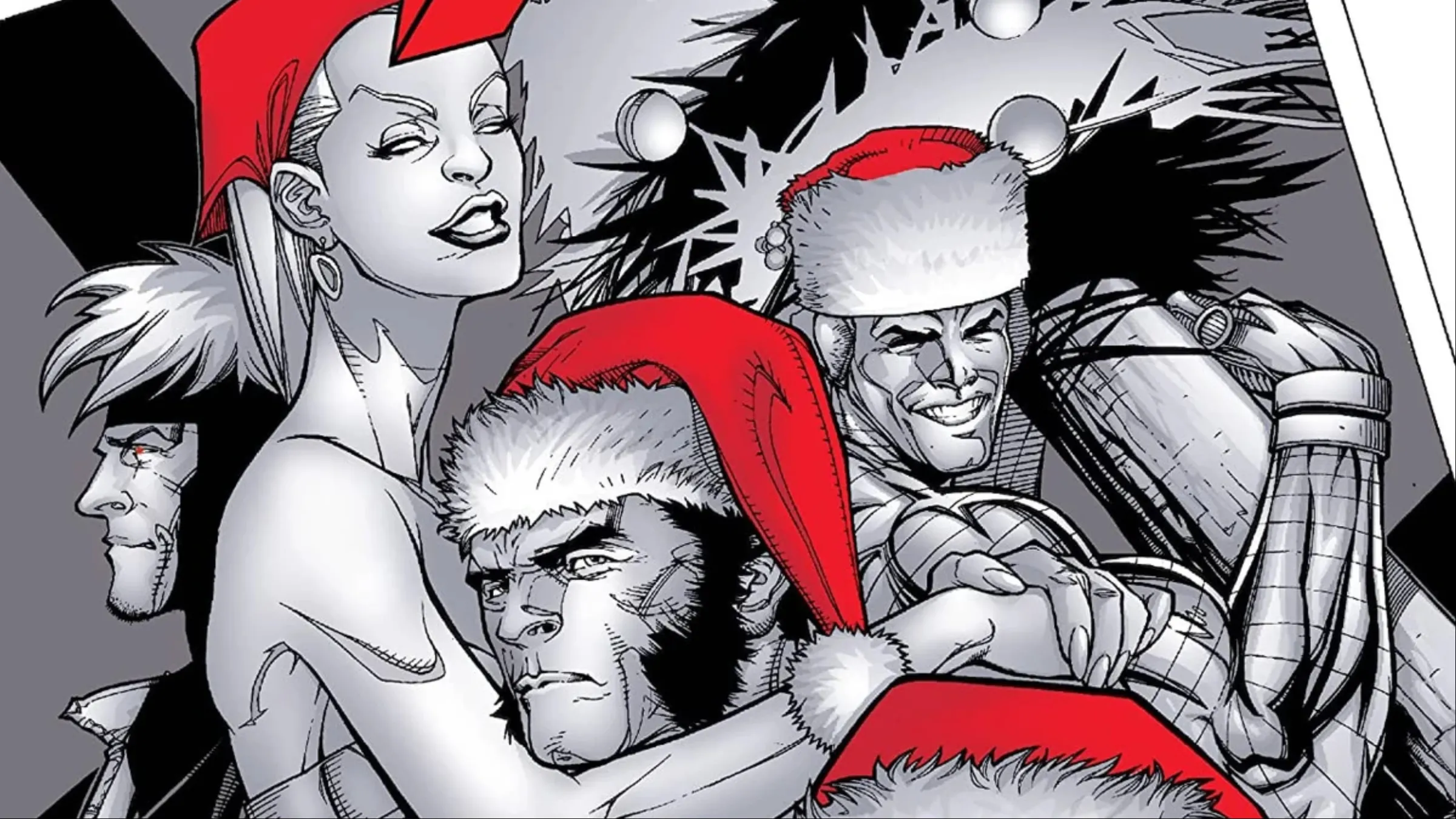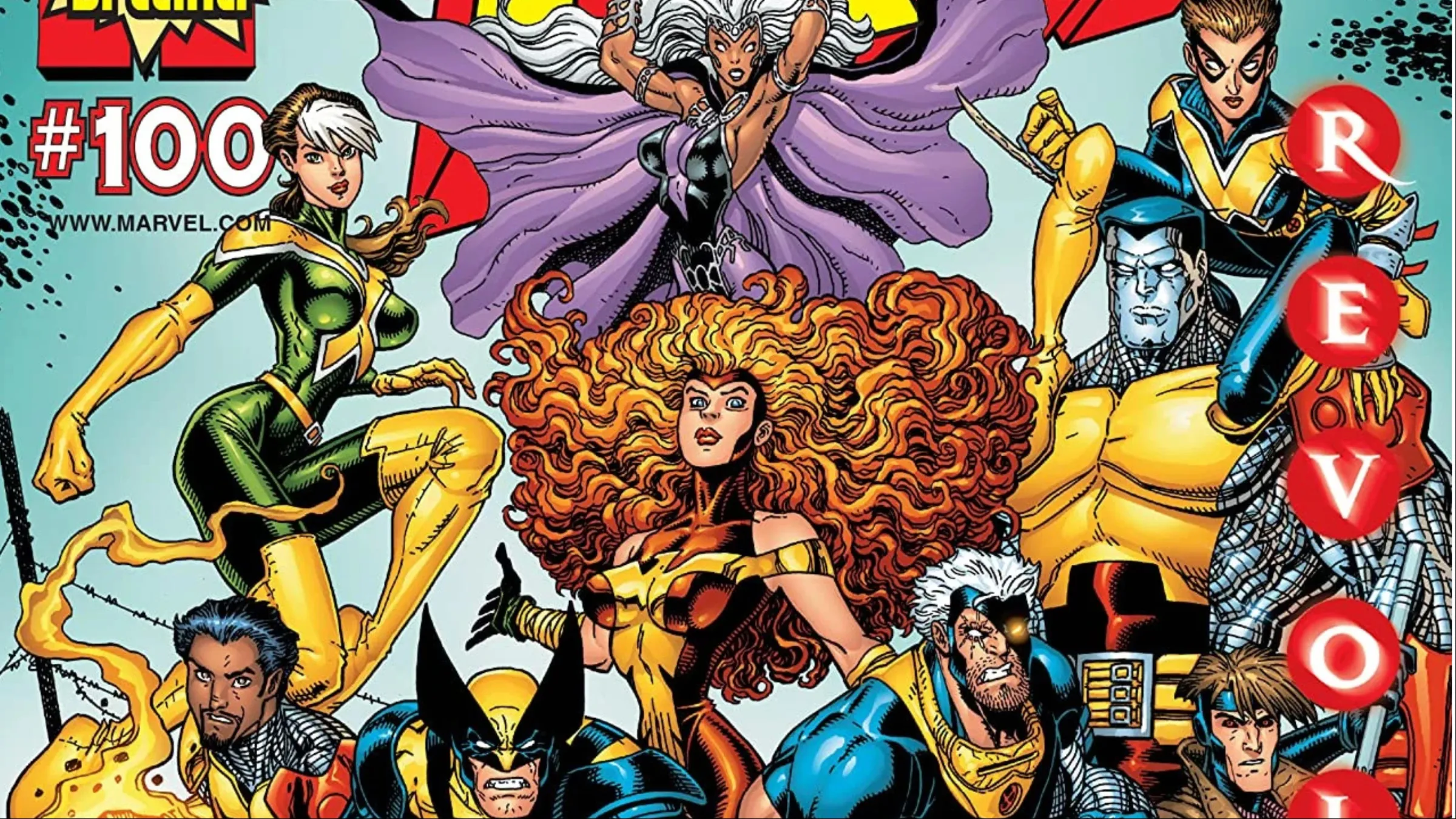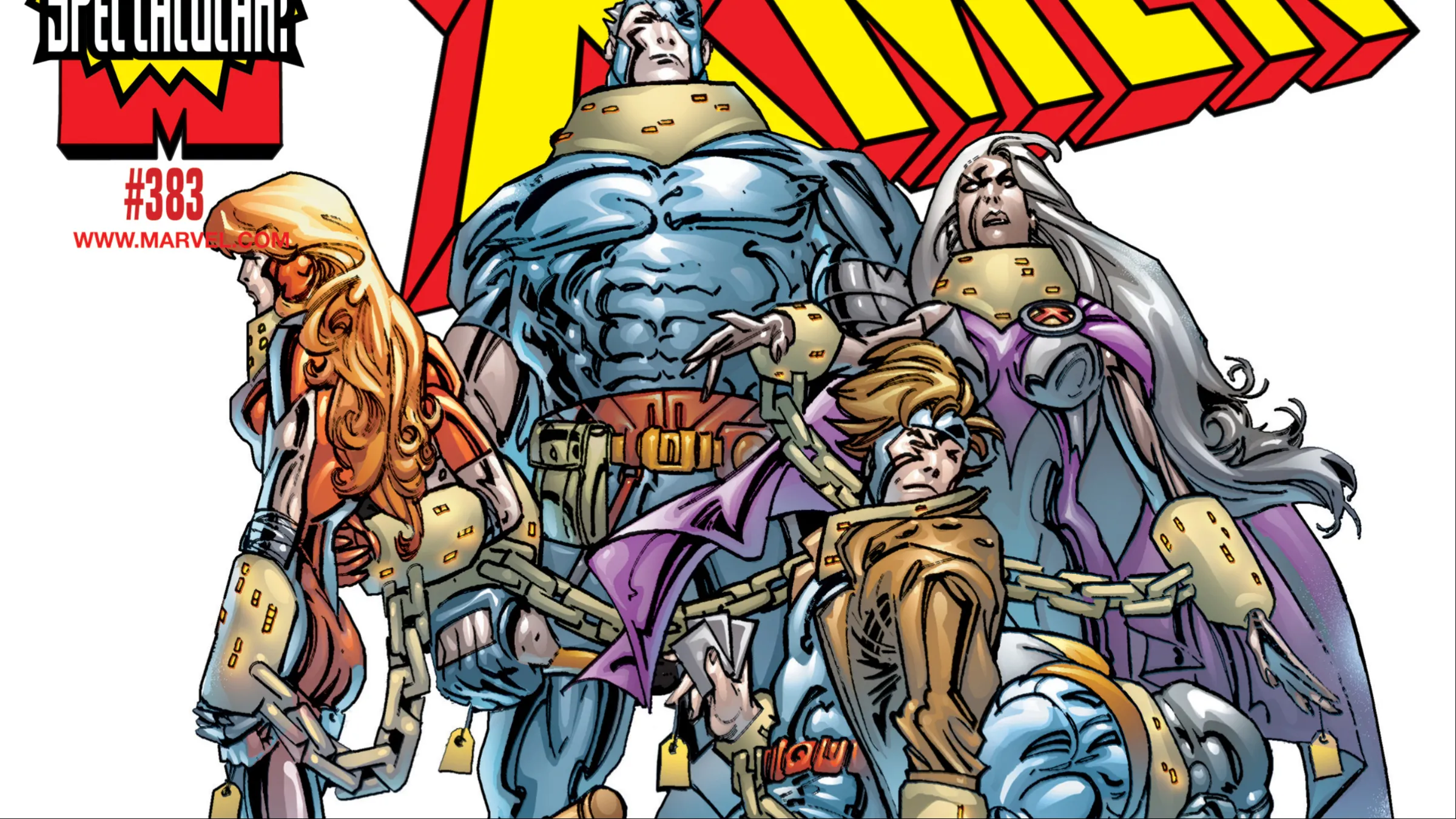
The X-Men are a major triumph for Marvel Comics. Originally created by Stan Lee and Jack Kirby in 1963, they were the last of the duo’s 1960s creations to really catch on with readers. While the comic sold well enough to continue publication, it wasn’t a huge hit and eventually relied on reprinting old issues, starting with #67. Four years later, a new team was introduced in Giant-Size X-Men #1 by Len Wein and Dave Cockrum, which quickly drew readers back in. But the real turning point came with X-Men (Vol. 1) #94, when Chris Claremont took over as writer, with Dave Cockrum continuing as artist.
Chris Claremont revitalized the X-Men, writing the team for many years until 1991 and turning them into the most popular comic book team around. He essentially built a whole new section of the Marvel Universe and delivered some of its most memorable stories during the 1980s. Though the X-Men remained popular after he initially left, a downturn in overall comic book sales eventually impacted even their success. Excitement built at the end of 1999 with the news that Claremont would return in 2000, but this comeback ultimately became a controversial and poorly received period for the X-Men.
Claremont’s Return to the X-Men Didn’t Set the Industry On Fire

Claremont’s return to the X-Men was huge news for fans. The 1990s were a fantastic period for the team initially, with the books remaining popular for several years after the iconic writer moved on. A wave of talented artists like Jim Lee, Whilce Portacio, and Rob Liefeld kept sales strong. When those artists left to found Image Comics, writers Scott Lobdell and Fabian Nicieza took the reins, and artists like Andy Kubert, Brandon Peterson, and Joe Madureira later contributed. Joe Kelly and Steve Seagle also wrote the series, alongside artists Carlos Pacheco, Adam Kubert, Leinil Yu, German Garia, and Chris Bachalo. The decade ended with Alan Davis joining the team, working with Kubert, Yu, Bachalo, and Tom Raney. Despite the creative talent, sales began to decline, and the books needed a boost.
The plan was for Claremont’s return to revitalize the X-Men. He, along with artists Adam Kubert and Raney, would continue working on the series, and Wizard magazine would feature early looks at the new costumes and story direction. The initial announcement revealed the new villains – the Neo, a more dangerous breed of mutant. Fans were incredibly excited, and the issues X-Men (Vol. 2) #100 and Uncanny X-Men (Vol. 1) #381 sold very quickly. But problems began to surface almost immediately.
Chris Claremont is known for his detailed, descriptive writing style, which was great for building emotional depth in his stories. However, by the year 2000, the way comics were written had evolved, and Claremont’s style felt outdated to some. While I enjoy it, many newer X-Men fans found it felt like a return to older comics and didn’t connect with it. He also seemed to disregard the character development from the previous nine years, presenting versions of the characters that felt unfamiliar to those who hadn’t read his earlier work.
The Neo were intriguing villains, but the story felt rushed. Claremont had planned a longer arc for them, but didn’t have enough issues to properly develop their characters and motivations. They appeared as threats to the X-Men, which was exciting, but we didn’t get to know them well enough. Claremont wrote in a classic comic style, building storylines over many issues, as he always had. Unfortunately, changes in the Marvel editorial team and disappointing sales numbers led to his departure after nine issues of X-Men and Uncanny X-Men. He was then given another X-Men title to continue his work.
Claremont’s Return Was a Disappointment for Readers

To be honest, I really enjoy this particular X-Men series. Claremont’s writing is exactly what I like in a comic, the artwork is great, and the team – Gambit, Phoenix, Beast, Cable, and Storm – was fantastic. That said, I can understand why others weren’t so thrilled. It was hyped as a big comeback, but the stories didn’t quite live up to the classic material. It felt familiar, relying heavily on nostalgia, and that was the issue. By the 90s, fans had already seen a lot of that. We were hoping for Claremont to push boundaries again, not just revisit old ideas.
Things shifted around with the X-Men after Claremont left. Lobdell and Nicieza came back for a bit as a temporary fix. Then, the new editor-in-chief, Joe Quesada, had a great idea: he brought in Grant Morrison, who’d just joined Marvel in ’99, and Joe Casey to shake things up. Morrison took over X-Men, renaming it New X-Men, and Casey got Uncanny X-Men. Honestly, they really revitalized the teams in a way Claremont’s second run didn’t quite manage. If you’re a big X-Men fan like me, I’d still suggest checking out X-Men (Vol. 2) #100-109 and Uncanny X-Men (Vol. 1) #381-388. They aren’t masterpieces, but they’re interesting reads, and sometimes that’s all you need. Just don’t go in expecting another ‘Dark Phoenix Saga’ level story, and you’ll probably enjoy them.
https://comicbook.com/comics/news/10-best-x-men-stories-00s-grant-morrison-warren-ellis/embed/#
Read More
- FC 26 reveals free preview mode and 10 classic squads
- When Perturbation Fails: Taming Light in Complex Cavities
- Jujutsu Kaisen Execution Delivers High-Stakes Action and the Most Shocking Twist of the Series (Review)
- Where Winds Meet: Best Weapon Combinations
- Fluid Dynamics and the Promise of Quantum Computation
- Dancing With The Stars Fans Want Terri Irwin To Compete, And Robert Irwin Shared His Honest Take
- Red Dead Redemption Remaster Error Prevents Xbox Players from Free Upgrade
- Hazbin Hotel season 3 release date speculation and latest news
- TikToker Madeleine White Marries Andrew Fedyk: See Her Wedding Dress
- Meet the cast of Mighty Nein: Every Critical Role character explained
2025-11-16 19:10